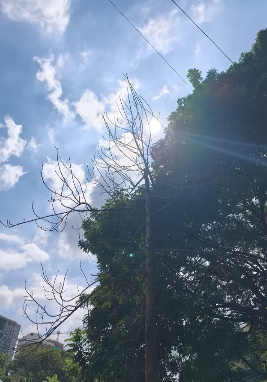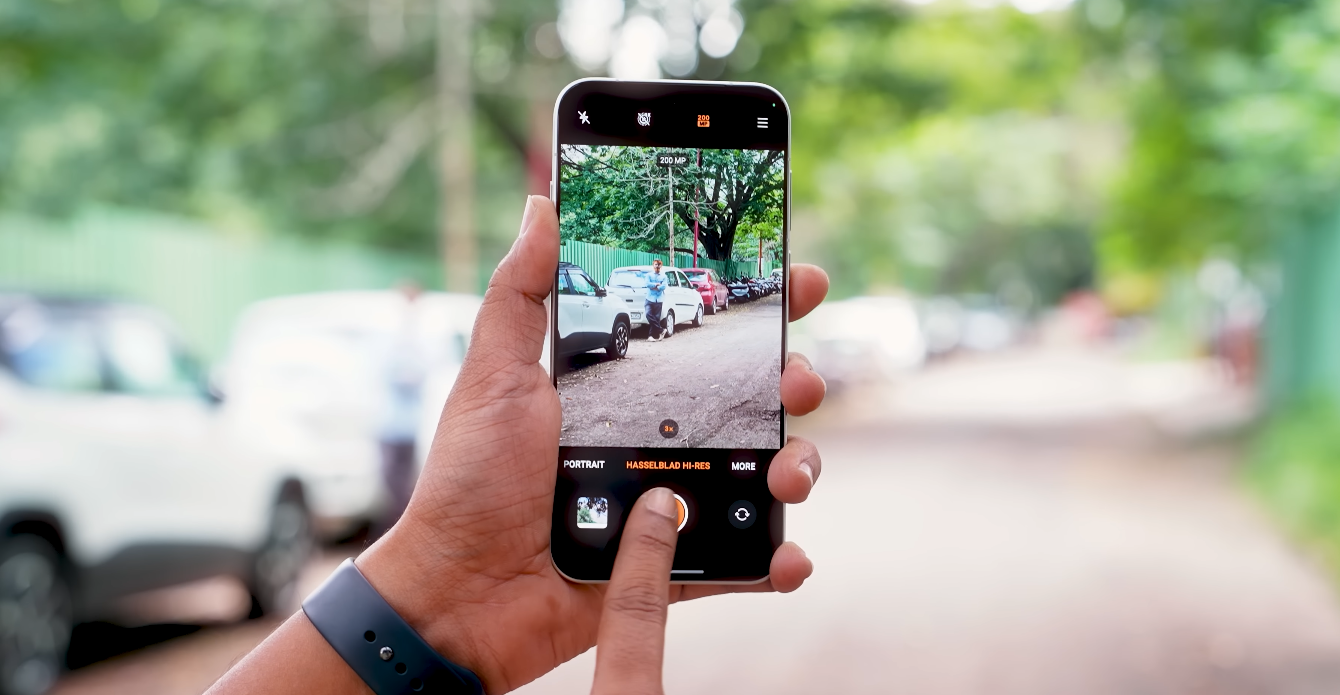Reviewers anticipate night-photo breakthroughs from Oppo’s latest flagship
The Oppo Find X9 Pro is generating high expectations among U.S. tech reviewers, particularly around its low-light photography capabilities. While the device is not yet officially launched in the U.S., previews and reviews of international units suggest the camera system is significantly upgraded and may deliver performance that rivals the best in its class. The key message: reviewers expect Oppo to deliver a standout low-light imaging experience.
Among the standout elements are a new 200-megapixel Hasselblad-tuned telephoto sensor, combined with a revamped imaging engine dubbed the LUMO Image Engine, which Oppo says brings stronger noise reduction and better dynamic range under challenging lighting. US-based reviewers note that the camera hardware and software both point toward meaningful low-light gains.
For example, early hands-on testing indicates that in darker scenes the phone automatically adapts capture resolution to retain more light—dropping to 12MP or 25MP in dim conditions rather than forcing a high-megapixel capture that may suffer from noise. Reviewers observed that this hybrid strategy is already improving clarity, detail retention and motion-handling when lighting is poor. In one detailed review, the main camera was described as “exceptional in low-light” and preferred for post-sunset street photography.

Effects like handheld night shots, indoor scenes with mixed lighting, and portrait mode in low illumination were all called out as areas where the Find X9 Pro makes tangible gains. While no camera is flawless, U.S. reviewers highlighted that the phone held its own against rivals like Samsung’s and Google’s premium models in low-light test shots. That level of performance elevates expectations for what the device might deliver if launched stateside.
Of course, reviewers also point out caveats. The ultra-wide camera module is mentioned as lagging slightly behind the main and telephoto sensors when lighting drops significantly. Some zoomed or high-crop shots still show the usual smartphone limitations when used under very dim conditions. But by and large the consensus is that Oppo’s step-up is real.
In the U.S. context, these expectations matter because many consumers compare flagships on camera performance. A phone that truly shines in low light offers real competitive differentiation. Reviewers in U.S. tech outlets suggest that if feature parity is carried over to a U.S. model, and if carrier and software support is robust, the Find X9 Pro could position Oppo much more strongly in the high-end market.
Because the U.S. version has not yet been fully vetted, reviewers advise American buyers to check whether the camera hardware and tuning match what has been seen overseas. If the U.S. variant retains the same sensor, imaging engine and software optimizations, then the promised performance—especially in low light—may very well be delivered.
In summary, for U.S. reviewers the Find X9 Pro represents a camera-centric flagship that could reset expectations for low-light smartphone photography. While viewing actual U.S. units and model-specific test shots will be key, the early commentary signals that Oppo may have a serious contender in the premium photography smartphone category.

